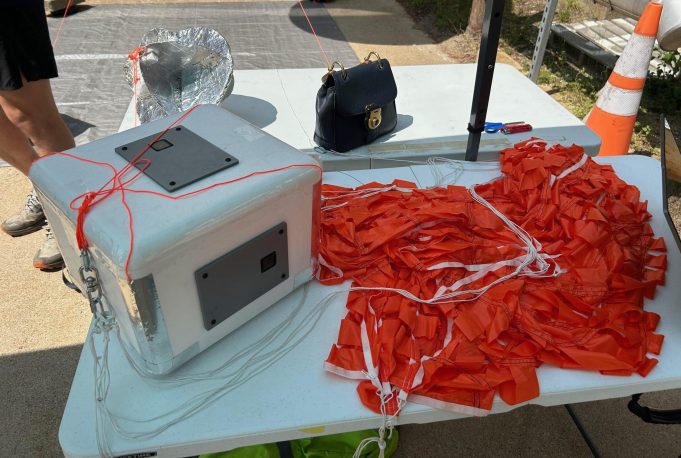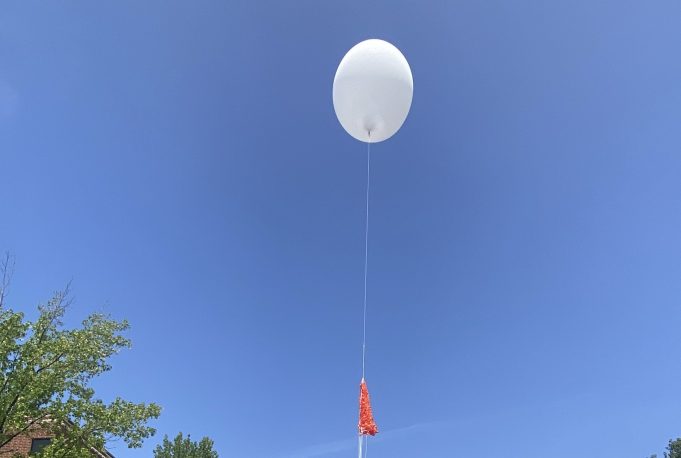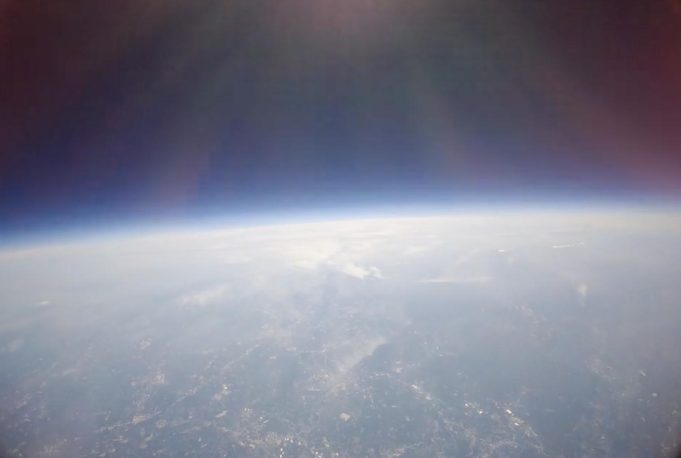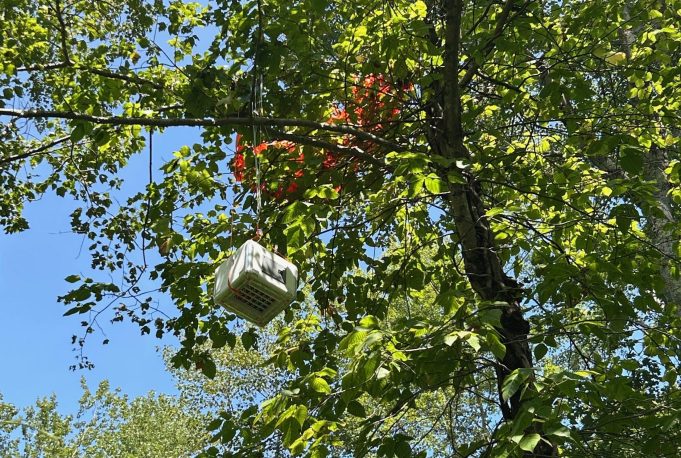High-altitude balloon flight provides proof of concept for future Venus missions
PhD student Claire Buffington successfully launched a high-altitude balloon to 74,400 feet as a proof of concept for MIT’s Morning Star Missions to Venus. Buffington was joined in the effort by postdoctoral researcher Iaroslav Iakubivskyi (EAPS) and Eddy Hernandez, an undergraduate student at Harvey Mudd College.
This test served as a demo for a parachute mission, which will carry a probe and parachute designed to slow its descent through the clouds of Venus. Buffington designed the parachute for the mission and created a scaled-down version for this balloon test, reducing its diameter from 16 feet to 7 feet.
The flight successfully validated the predicted drag coefficient and final descent rate, confirming the design’s performance. The payload included over 30 sensors, demonstrating the feasibility of equipping a future Venus parachute probe with hundreds of miniature instruments to detect gases and molecules across different altitudes and concentrations.
The Morning Star Missions to Venus, led by Prof. Sara Seager, are a series of public and private partnership missions to explore Venus’s atmosphere and search for signs of life in its clouds. The first mission under the Morning Star Missions to Venus umbrella is a Rocket Lab mission targeted for launch in 2026. This mission will deploy a small probe without a parachute and with a single instrument to interrogate cloud particles. The parachute mission will be the second mission in the series, equipped with miniature molecular sensors that intercept the cloud particles during descent. Future missions envision balloons capable of longer-duration in-situ analysis and returning samples to Earth for detailed chemical analysis.





